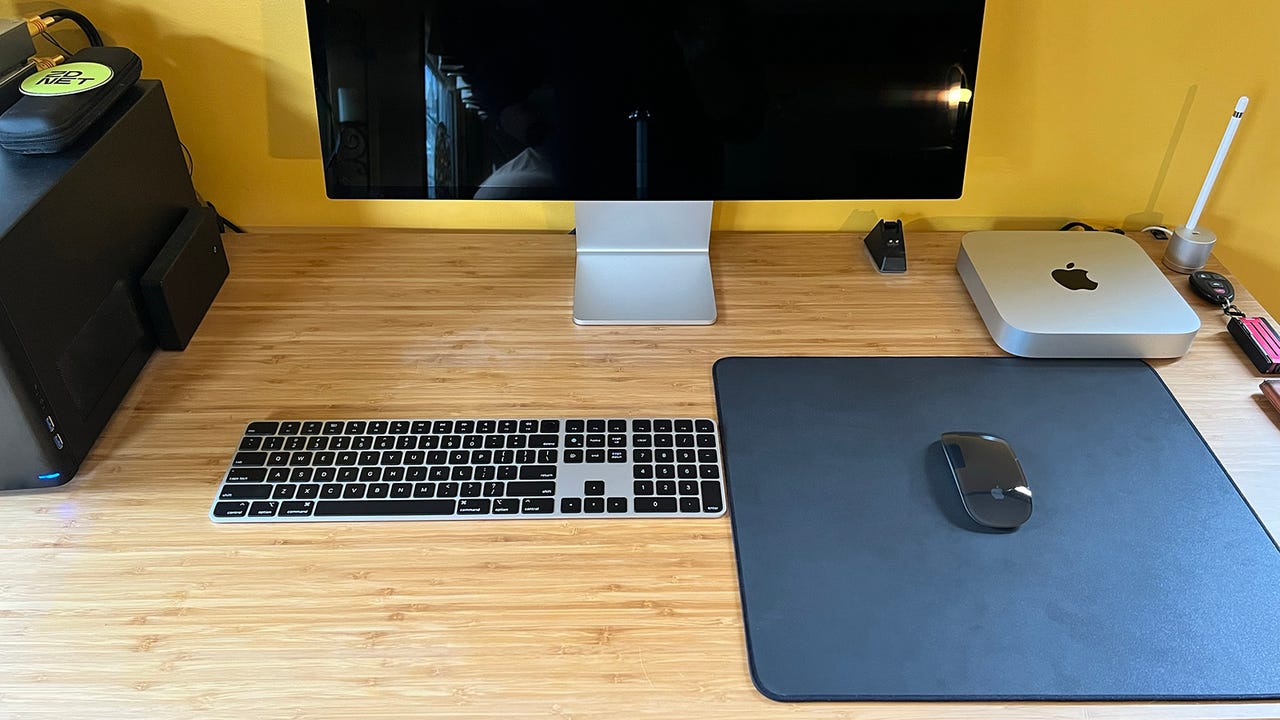
How to update your iPhone, iPad, and Mac now to fix a critical security vulnerability


Michael Gariffo/ZDNET
Earlier this week Apple pushed out critical updates for iOS, iPadOS, and MacOS that patch an exploit that’s being used right now to attack systems.
The fact that this vulnerability is being used to attack systems means that these updates need to be installed as soon as possible.
While Apple products are generally pretty good at updating themselves, given the severity of this vulnerability, combined with the fact that attacks are currently underway, it’s a good idea to check to see if you’re protected.
So, grab your iPhones, iPads, and Macs, and let’s make sure they’re fully updated.
Review: Apple M2 Mac Mini: Faster, cheaper, better
What devices need updating?
The updates apply to pretty much every iPhone, iPad, or Mac that Apple has sold in the last five years.
This critical update applies to the following devices:
- iPhone 8 and later
- iPad Pro (all models)
- iPad Air (3rd gen) and later
- iPad (5th gen) and later
- iPad Mini (5th gen) and later
- MacBook Pro (2017 and later)
- MacBook Air (2018 and later)
- MacBook (2017 and later)
- iMac (2017 and later)
- Mac Mini (2018 and later)
- Mac Studio
There’s also a new 16.3 version of Safari for Macs that are running MacOS Big Sur and Monterey.
Why update?
Updating the operating system on your iPhone, iPad, or Mac is the best possible thing you can do to keep your data safe from hackers. The quicker you update, the sooner you’re protected, and the less time attackers have to get a foothold in your hardware.
How to update your iPhone and iPad
Tap on Settings, then tap General > Software Update, and this screen will check whether there are any outstanding updates. You need to make sure that iOS 16.3.1 is installed on an iPhone, and iPadOS 16.3.1 on an iPad.
2. Tap on Automatic Updates and make sure all the settings there are enabled to allow future updates to be applied automatically.
Make sure all these iOS/iPadOS settings are enabled.
Adrian Kingsley-Hughes/ZDNET
How to update your Mac
- Check that you have the latest version of MacOS
If your Mac is running the latest MacOS Ventura release, click on System Settings, then General, and Software Update. The latest version of MacOS Ventura is 13.2.1.
If your Mac is running MacOS Big Sur or Monterey, click on the Apple icon in the top-left of the screen and choose System Preferences and then Software Update. Next, check the box next to the Safari 16.3 update, and then select Install Now.
2. Enable Automatic Updates
Tap on the i next to Automatic Updates and make sure all the settings are enabled to allow future updates to be applied automatically.
Make sure these MacOS settings are enabled.
Adrian Kingsley-Hughes/ZDNET
Editorial standards
Source: https://www.zdnet.com/article/update-your-iphone-ipad-and-mac-now-to-fix-critical-security-vulnerability/#ftag=RSSbaffb68


















